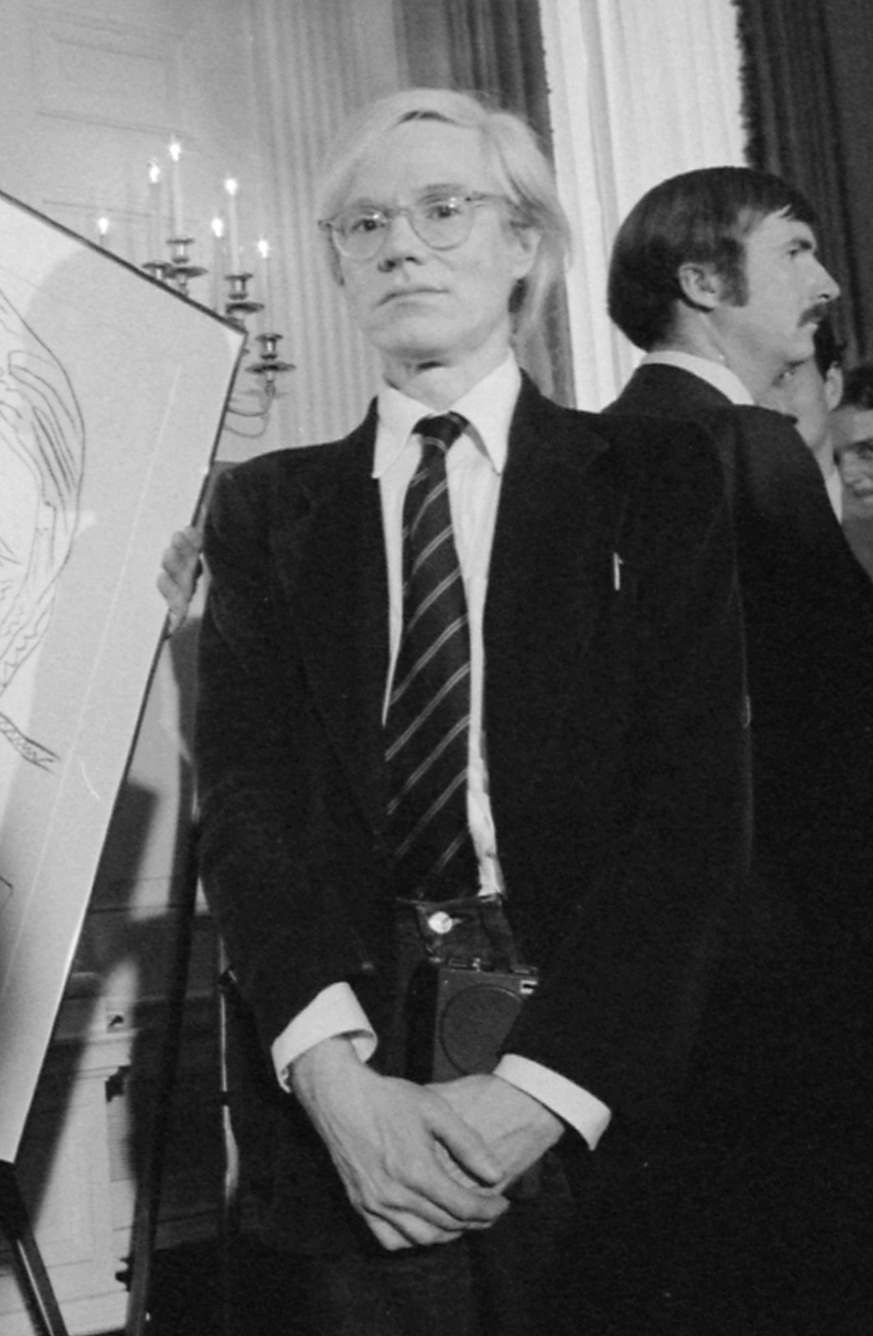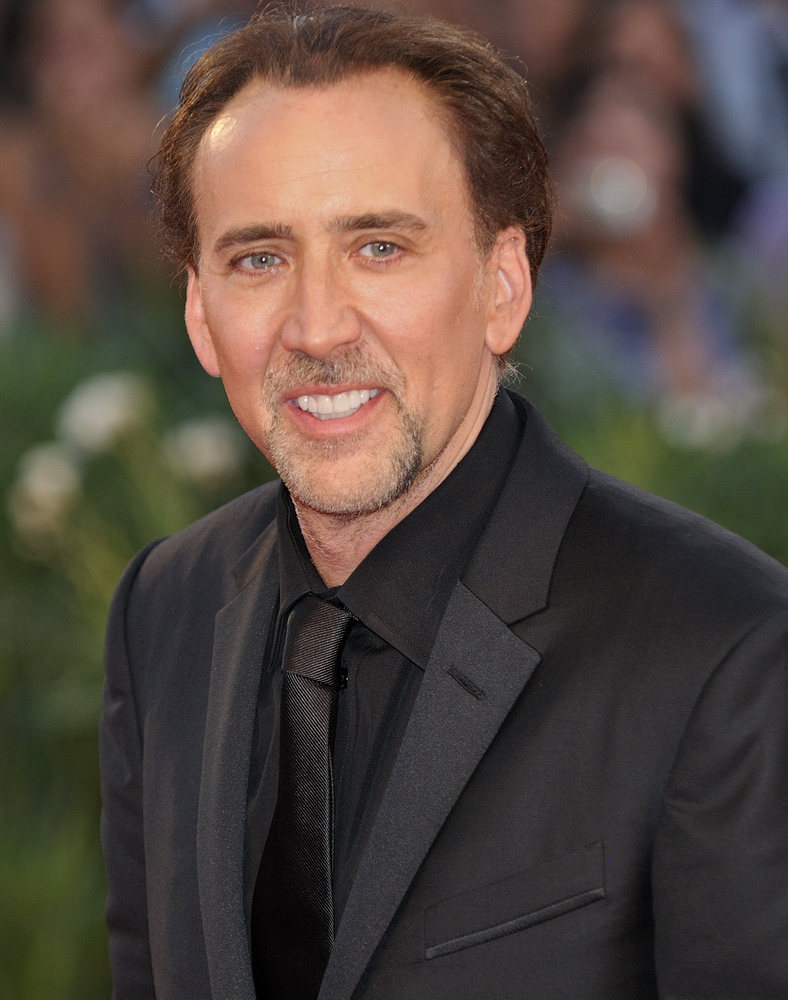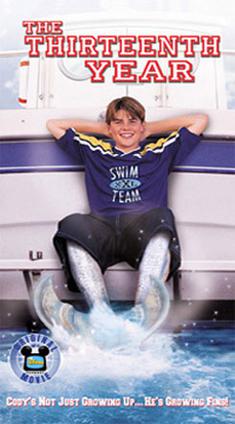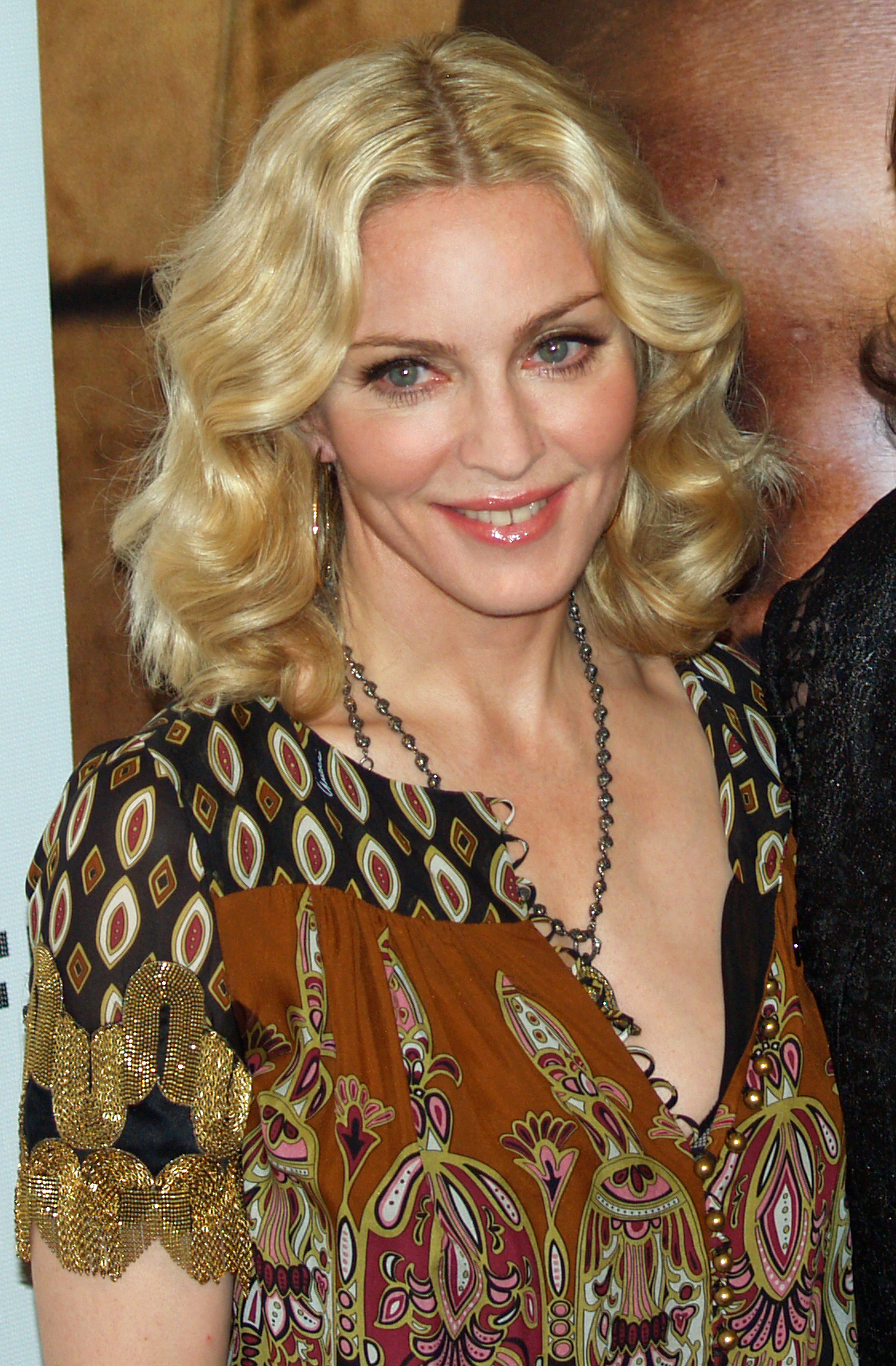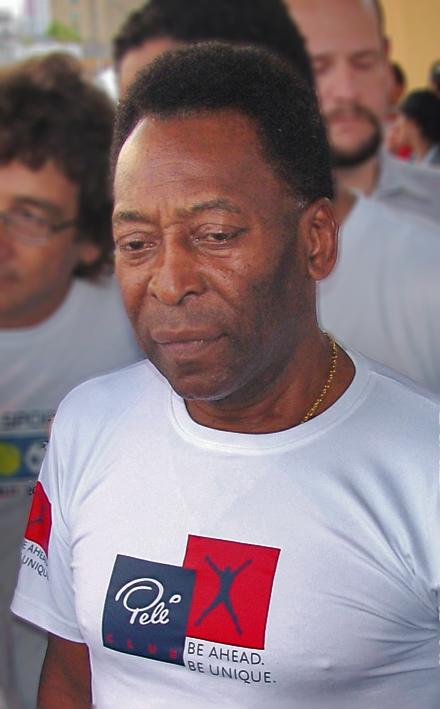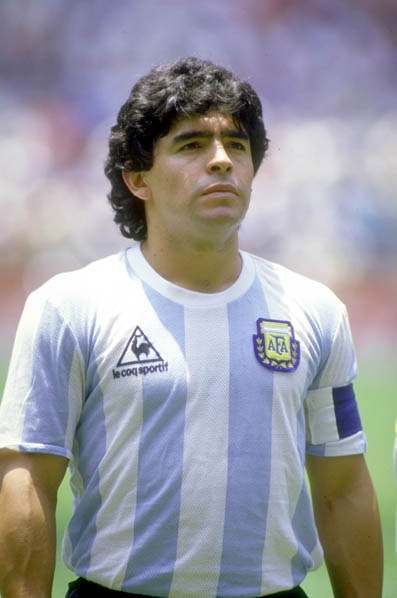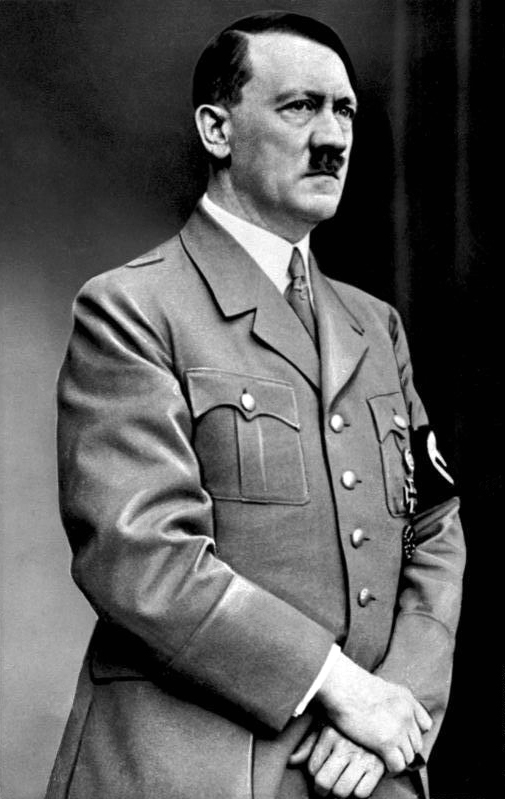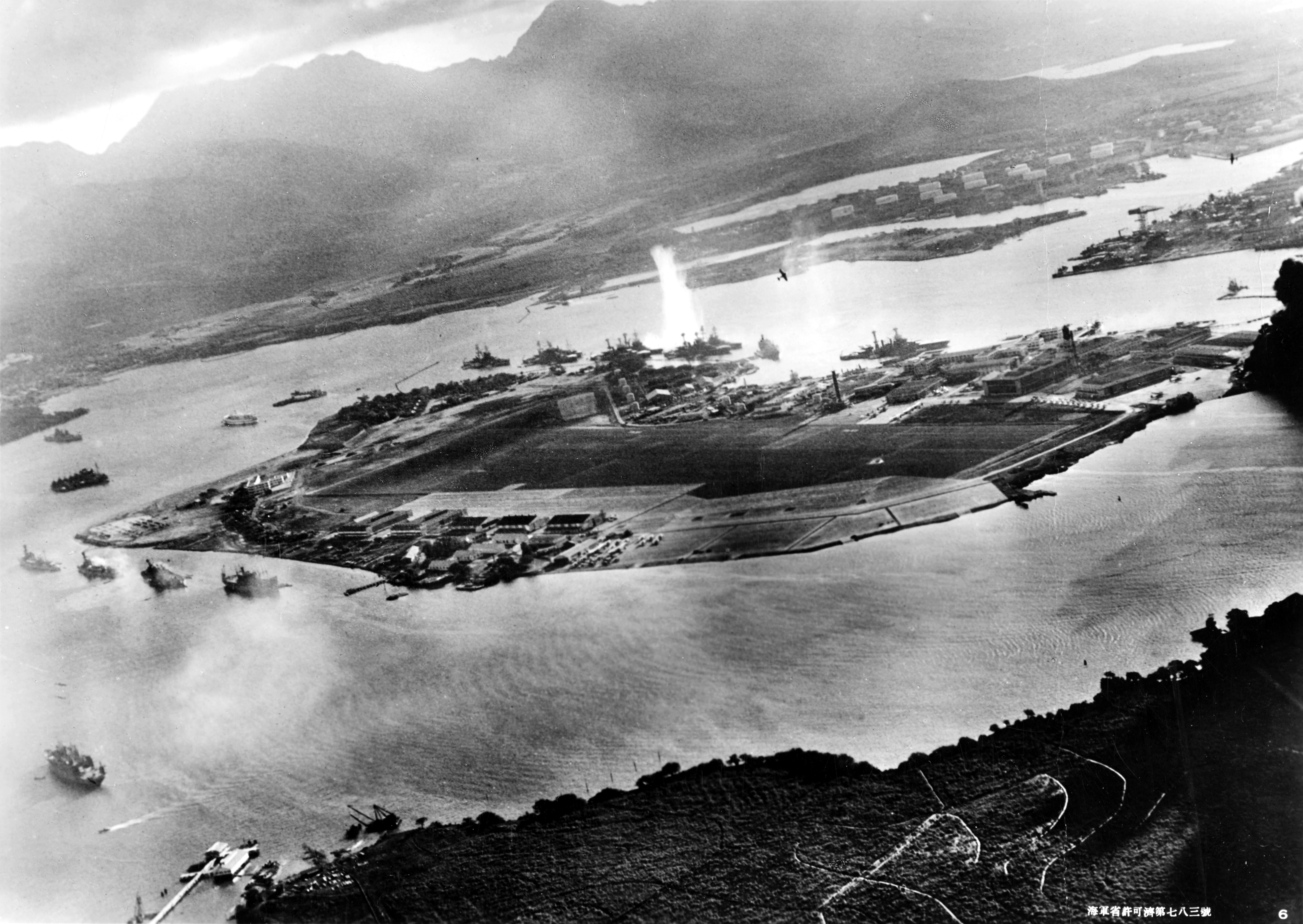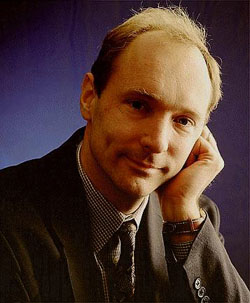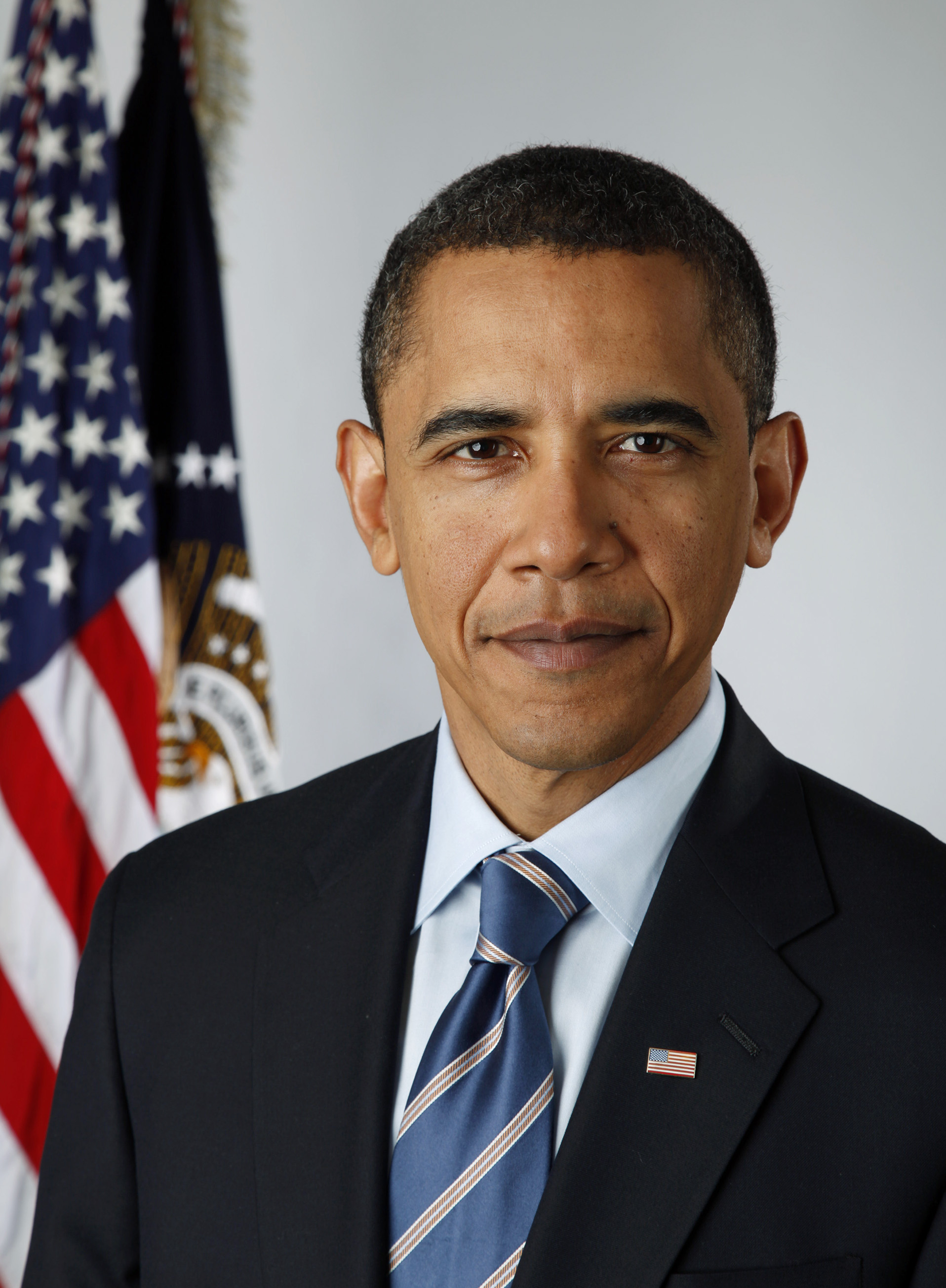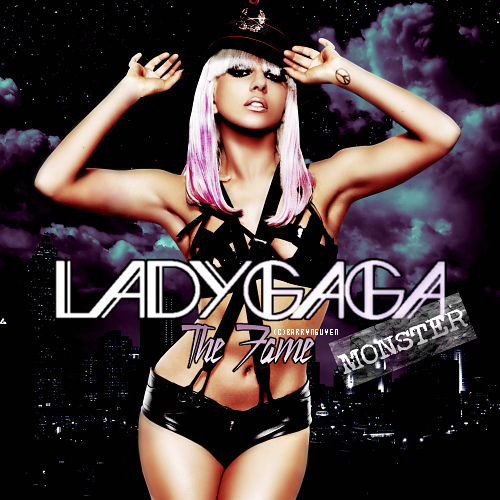Nicolas Cage ( American actor)
In order to avoid the appearance of nepotism as the nephew of Francis Ford Coppola, he changed his name early in his career from Nicolas Coppola to Nicolas Cage, inspired in part by the Marvel Comics superhero Luke Cage. Since his minor role in the film Fast Times at Ridgemont High, with Sean Penn, Cage has appeared in a wide range of films, both mainstream and offbeat. He tried out for the role of Dallas Winston in his uncle's film The Outsiders, based on S.E. Hinton's novel, but lost to Matt Dillon. He was also in Coppola's films Rumble Fish and Peggy Sue Got Married.
Other Cage roles included appearances in the acclaimed 1987 romantic-comedy Moonstruck, also starring Cher; The Coen Brothers cult-classic comedy Raising Arizona; David Lynch's 1990 offbeat film Wild at Heart; a lead role in Martin Scorsese's 1999 New York City paramedic drama Bringing Out the Dead; and Ridley Scott's 2003 quirky drama Matchstick Men, in which he played an agoraphobic, mysophobic, obsessive-compulsive con artist with a tic disorder.
Cage has been nominated twice for an Academy Award, winning once for his performance as a suicidal alcoholic in Leaving Las Vegas. His other nomination was for his portrayal of real-life screenwriter Charlie Kaufman and Kaufman's fictional twin Donald in Adaptation. Despite these successes, most of his lower-profile films have performed poorly at the box office compared to his mainstream action/adventure roles. The suspense thriller 8mm (1999) was not a box office success, but is now considered a cult film. He took the lead role in the 2001 film Captain Corelli's Mandolin and learned to play the mandolin from scratch for the part. In 2005, two offbeat films he headlined, Lord of War and The Weather Man, failed to find a significant audience despite nationwide releases and good reviews for his acting in those roles. Poor reviews for The Wicker Man resulted in low box office sales. The much criticized Ghost Rider (2007), based on the Marvel Comics character, was a significant hit, earning more than $45 million (the top earner) during its opening weekend and over $208 million worldwide through the weekend ending on March 25, 2007. Also in 2007, he starred in Next, which shares the concept of a glimpse into an alternate timeline with The Family Man (2000).
Most of Cage's movies that have achieved financial success were in the action/adventure genre. In his second-highest grossing film to date, National Treasure, he plays an eccentric historian who goes on a dangerous adventure to find treasure hidden by the Founding Fathers of the United States. Other action hits include The Rock, in which Cage plays a young FBI chemical weapons expert who infiltrates Alcatraz Island in hopes of neutralizing a terrorist threat, Face/Off, a John Woo film where he plays both a hero and a villain, and World Trade Center, director Oliver Stone's film regarding the September 11, 2001 attacks. He had a small but notable role as the Chinese criminal mastermind Dr. Fu Manchu in Rob Zombie's fake trailer Werewolf Women of the S.S. from the B-movie double feature Grindhouse.
In recent years, Cage made his directorial debut with Sonny, a low-budget drama starring James Franco as a male prostitute whose mother (Brenda Blethyn) serves as his pimp. Cage had a small role in the grim film, which received poor reviews and a short run in a limited number of theatres. Cage's producing career includes Shadow of the Vampire, the first film from Saturn Films.
In early December 2006, Cage announced at the Bahamas International Film Festival that he planned to curtail his future acting endeavors in order to pursue other interests. On the The Dresden Files for the Sci-Fi Channel, Cage is listed as the executive producer. Cage said:
I feel I've made a lot of movies already and I want to start exploring other opportunities that I can apply myself to, whether it's writing or other interests that I may develop.
In November 2007, Cage was spotted backstage at a Ring of Honor wrestling show in New York City researching his role for the The Wrestler. The role was ultimately played by Mickey Rourke, who received an Academy Award nomination for his performance.
Wrestler Director Darren Aronofsky, in an interview with slashfilm.com, said of Cage's replacement that:
Nic was a complete gentleman, and he understood that my heart was with Mickey and he stepped aside. I have so much respect for Nic Cage as an actor and I think it really could have worked with Nic but ... you know, Nic was incredibly supportive of Mickey and he is old friends with Mickey and really wanted to help with this opportunity, so he pulled himself out of the race.
In 2008, Cage appeared as Joe, a contract killer who undergoes a change of heart while on a work outing in Bangkok, in the film Bangkok Dangerous. The film is shot by the Pang Brothers and has a distinct South-East Asian flavor.
In 2009, Cage starred in sci-fi thriller Knowing, directed by Alex Proyas. In the film, he plays an MIT professor who examines the contents of a time capsule unearthed at his son's elementary school. Startling predictions found inside the capsule that have already come true lead him to believe the world is going to end at the close of the week, and that he and his son are somehow involved in the destruction. The film received mainly negative reviews but was the box office winner on its opening weekend.
Also in 2009, Cage appeared in the film Bad Lieutenant: Port of Call New Orleans, directed by acclaimed German director Werner Herzog. He portrayed a corrupt police officer with gambling, drug and alcohol addictions. This film reunited Cage with Eva Mendes, who played his love interest in Ghost Rider.
Cage will star in the period piece Season of the Witch, playing a 14th-century knight transporting a girl accused of causing the Black Plague to a monastery, and The Sorcerer's Apprentice, in which he will play the sorcerer.
It is rumored that he will star in National Treasure 3, which has a possible release date as early as 2011. He would again take the role of Benjamin Gates, a cryptologist-turned-treasure hunter.


